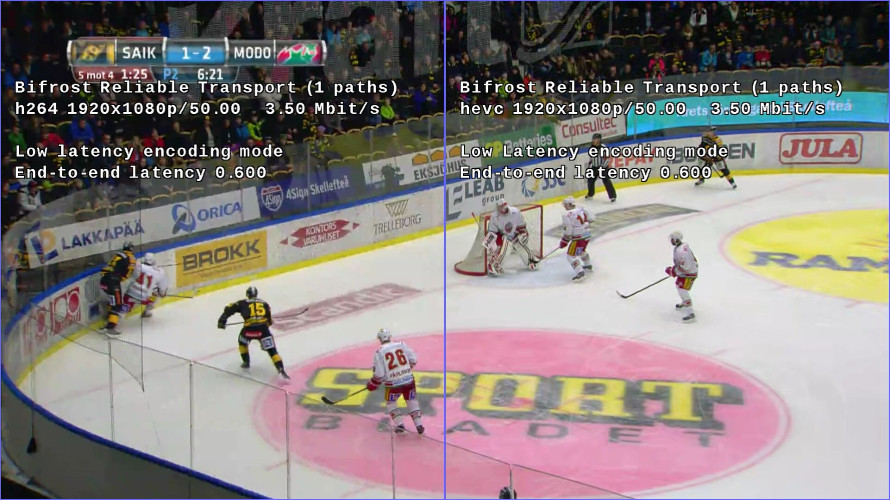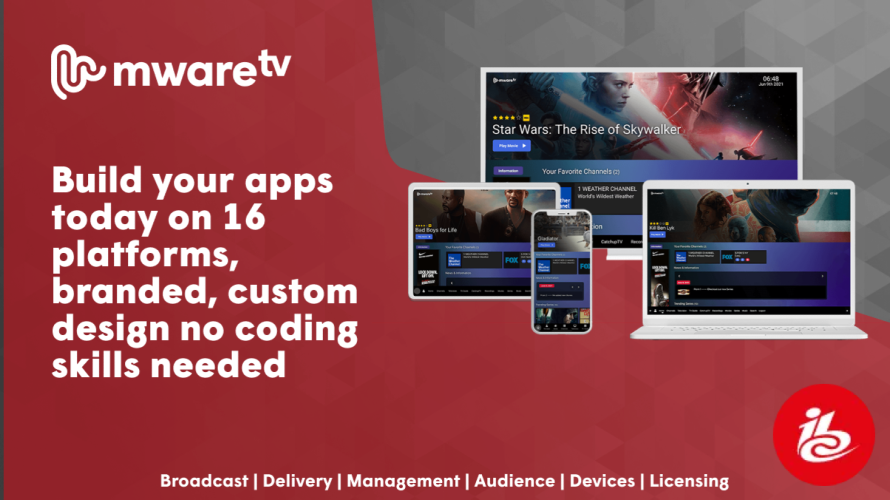by Eli Garten Issue 103 - July 2015
High-Efficiency Video Encoding (HEVC), also known as H.265, is the subsequent generation of H.264 and tapped to be the next widely adopted standard for video compression. As with any MPEG evolution, the new standards goal is to make compression more efficient and allow for reducing OPEX and CAPEX in various video delivery applications. With the introduction of the last major compression innovation, H.264, video applications experienced roughly half the data rates of the predecessor MPEG-2. With HEVC, the industry is predicting a similar ambitious result: achieving half the data rates of H.264. In only its first generation of development, HEVC is already providing data efficiencies of up to 40-percent while retaining the same image quality. As the codec continues to evolve and the broadcast market approaches more widespread adoption of 4K resolutions, there will be a strong push to achieve the 50-percent efficiency mark.
Offsite Broadcasting Challenges
The most desired requirement for todays broadcasters and other video streaming operators is to save bandwidth when delivering content over expensive data pipes. Within offices and between broadcast centres, network connections are robust and additional bandwidth remains relatively inexpensive to purchase, but for field-based applications, broadcasters are still relying on costly satellite infrastructure or dedicated networks to stream content back to headquarters. And when broadcasting live from hard-to-access locations that usually have sub-optimal mobile infrastructure, broadcasters are forced to invest in additional equipment to enable cellular bonding techniques or simply lower their broadcast quality to adapt to the low bandwidth and quality of cellular connections.
Field-Ready Solutions
As with any new compression technology, the computational power needed will increase in relation to a formats complexity. For standard HEVC encoding, processing a single HD feed using a software algorithm requires roughly four to six traditional Intel® CPU cores and possibly GPU acceleration to support the process. As a result, most of todays software-based HEVC solutions use large servers to ingest and encode live feeds to HEVC format. Although technologically proficient, the characteristics of these platforms mitigate the ability to effectively deploy them in the field or for applications on the go mainly due to form factor, high power consumption requirements, and transport costs.
Using a new generation of compact, field-ready devices built with specialized HEVC chips, broadcasters are now able to efficiently stream HEVC feeds from any offsite location while shedding power consumption costs, portability issues, and the inconvenience of integrating physical servers into travel kits. Often smaller than a shoebox, this new breed of encoders consume about 30-40 watts roughly a third of the power of a typical laptop and provide broadcasters, TV stations, and even military units with a straightforward process for streaming high-quality video from the field back to headquarters using lower bandwidth needs than ever before.
As a result, compact HEVC encoders allow streaming applications to reduce network bandwidth costs by up to 40-percent, lower infrastructure investments by removing peripheral software and hardware components associated with techniques such as bonding and meshing, and streamline workflows by simplifying the need for specialized devices that reconstruct distributed data packets as they arrive at headquarters. For customers without any bandwidth constraints, HEVC can also have a major impact by allowing the increase of video quality using the same fixed bandwidth used by legacy H.264 systems.
Imminent Benefits
As the demand for field reporting and live offsite transmissions continues to increase, viewers will further expect access to content anywhere, anytime for events unfolding in real time. In the short term, HEVC technology provides broadcasters with significant cost savings for streaming high quality video remotely. Instead of turning to software-based video clients or camera solutions with reduced frame rates, the efficient video compression standard enables higher quality broadcasting from field deployments with the eventual ability to achieve 4K quality in just a few years. Primarily reserved for sports, 4K will soon see a wider adoption rate by broadcasters until it pervades the entire broadcast spectrum creating an even greater need for efficient video transport solutions regardless of content type or feed location.


































